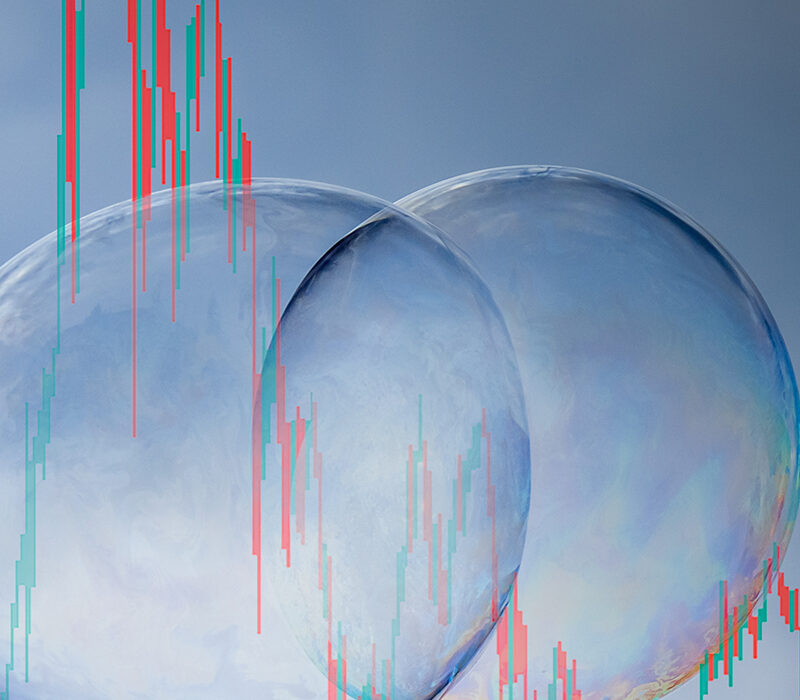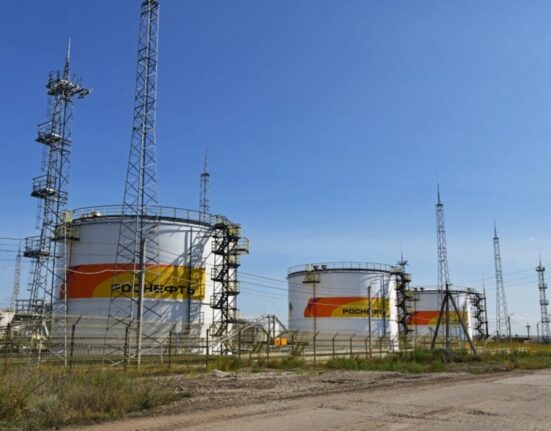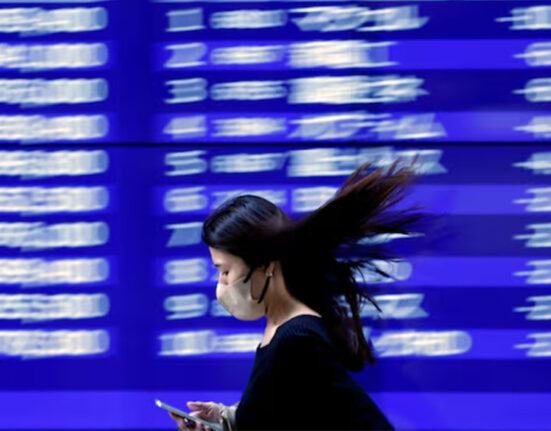The stock market is a sophisticated, dynamic ecosystem that has been instrumental in reshaping national economies all around the world. In addition to being a place where wealth has been created, it has also served as a stage for financial catastrophes, most notably stock market booms and crashes. We look at these phenomena from a historical perspective to better comprehend them.
Understanding Bubbles and Crashes
When company prices or the market as a whole rapidly go beyond their fundamental values, this is referred to as a “bubble” in the stock market. This is often the result of excessive speculation and irrational enthusiasm. When a bubble “bursts,” it causes a market “crash,” or a sharp decline in stock prices across a sizable portion of the market.
The historical instances where bubbles and crashes had an impact on the stock market were recorded as follows;
- The South Sea Bubble (1720) – One of the earliest recorded bubbles, the South Sea Company, promised to consolidate the British national debt, leading to wild speculation about its potential profits. However, the company’s trade projections were overly optimistic, and when reality set in, the stock price collapsed, causing a severe economic crisis in Britain.
- The Wall Street Crash (1929) – Known as “Black Tuesday,” the crash of 1929 was the most devastating stock market crash in U.S. history, leading to the Great Depression. A speculative bubble during the roaring twenties had led to unsustainable share price increases. When the bubble burst, millions of shares became worthless, and investors lost vast amounts of money.
- The Dot-Com Bubble (2000) – Fueled by the rise of the internet and speculative investments in technology and internet-based companies, the Dot-Com Bubble of the late ’90s saw tech stock prices inflate drastically. However, by 2000, the bubble burst as many of these internet companies (referred to as “dot-coms”) failed to turn a profit and investor sentiment turned, leading to a market crash.
- The Financial Crisis (2008) – The global financial crisis, triggered by the U.S. housing market and the financial derivatives associated with it, led to a massive stock market crash. Financial institutions worldwide reached the brink of collapse and had to be bailed out, leading to a severe and prolonged global recession.
Lessons From History
Several common themes run through these historical events:
- Irrational Exuberance – In the run-up to a bubble, investor behavior is often driven more by speculative hype and fear of missing out than by rational analysis of value.
- Financial Innovation – Bubbles often accompany periods of financial innovation where the understanding of new financial instruments fails to keep up with their creation and usage, such as the dot-com bubble and the 2008 financial crisis.
- Regulation and Oversight – These events often lead to increased regulation and oversight, as authorities try to prevent the same mistakes from being repeated.
- Economic Impact – Market crashes usually have significant economic implications, leading to recessions, depressions, and widespread financial hardship.












